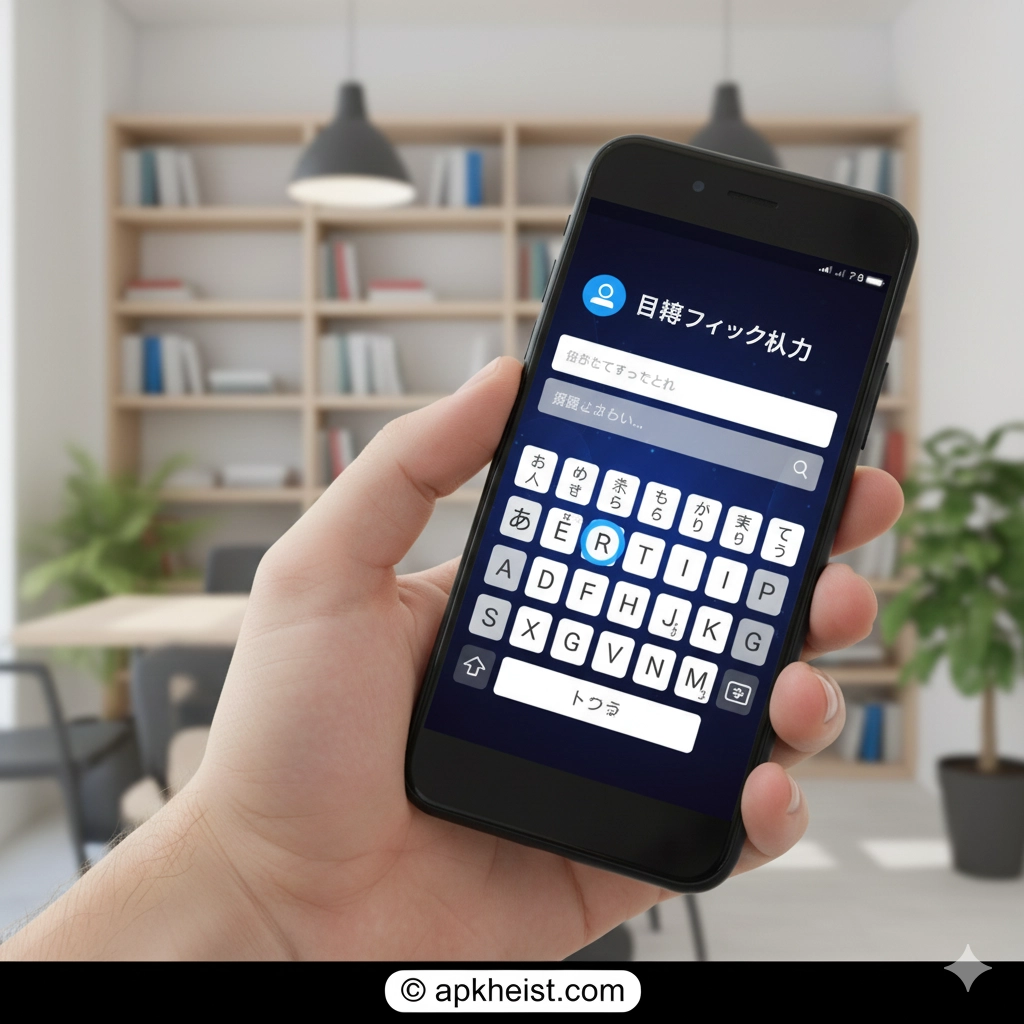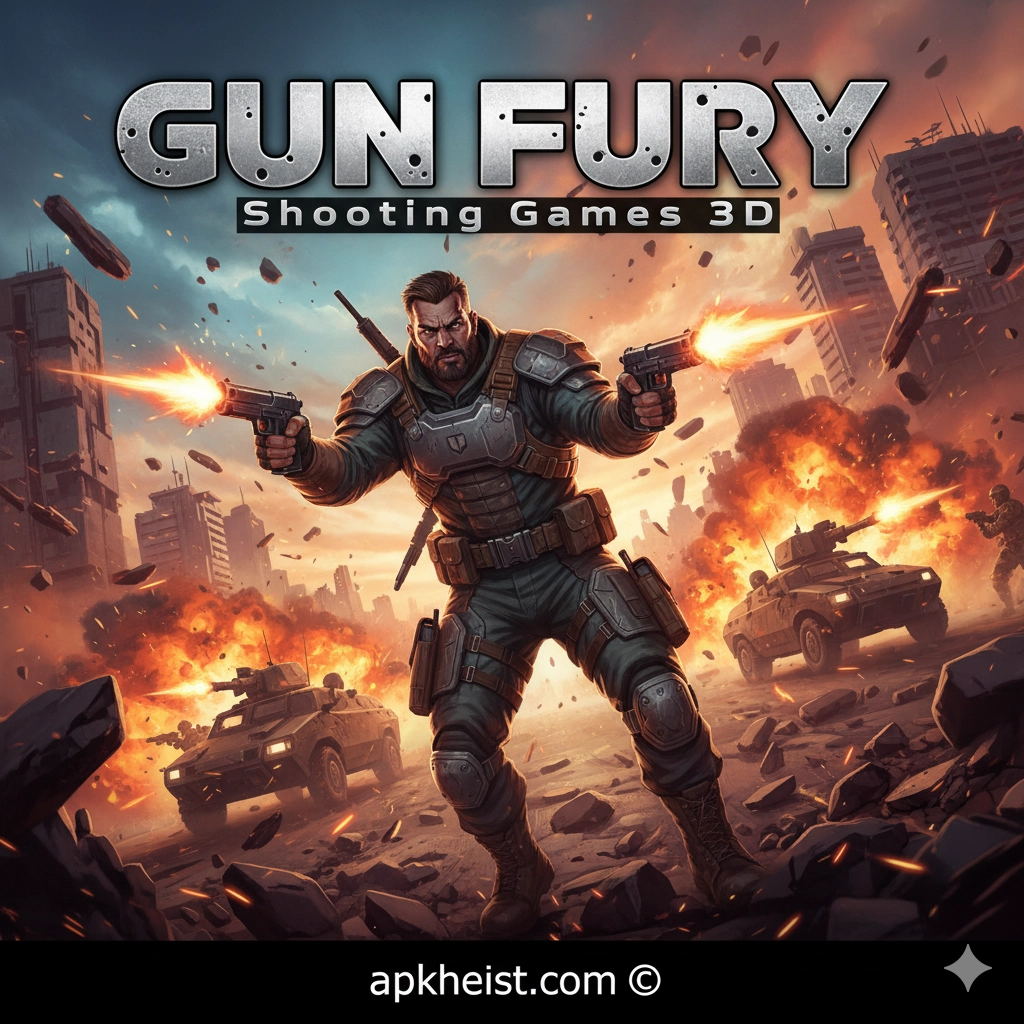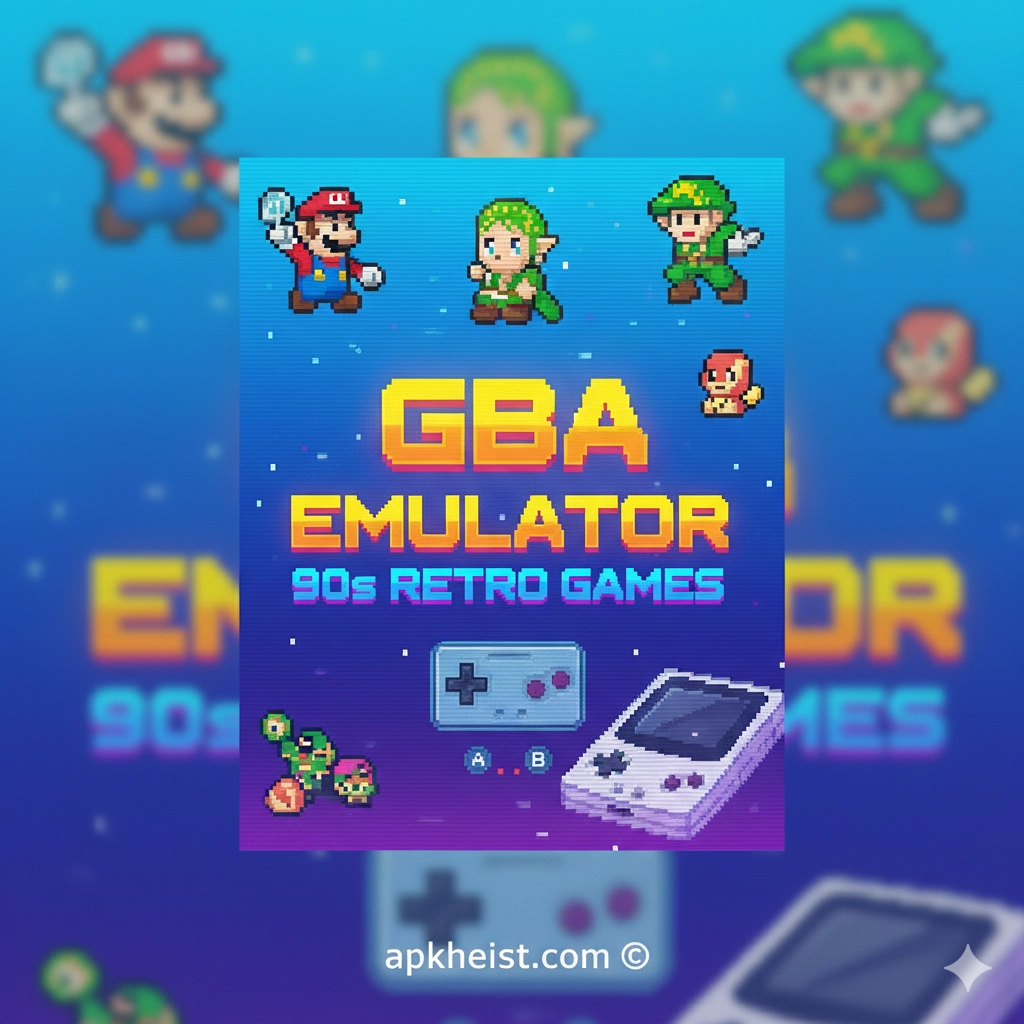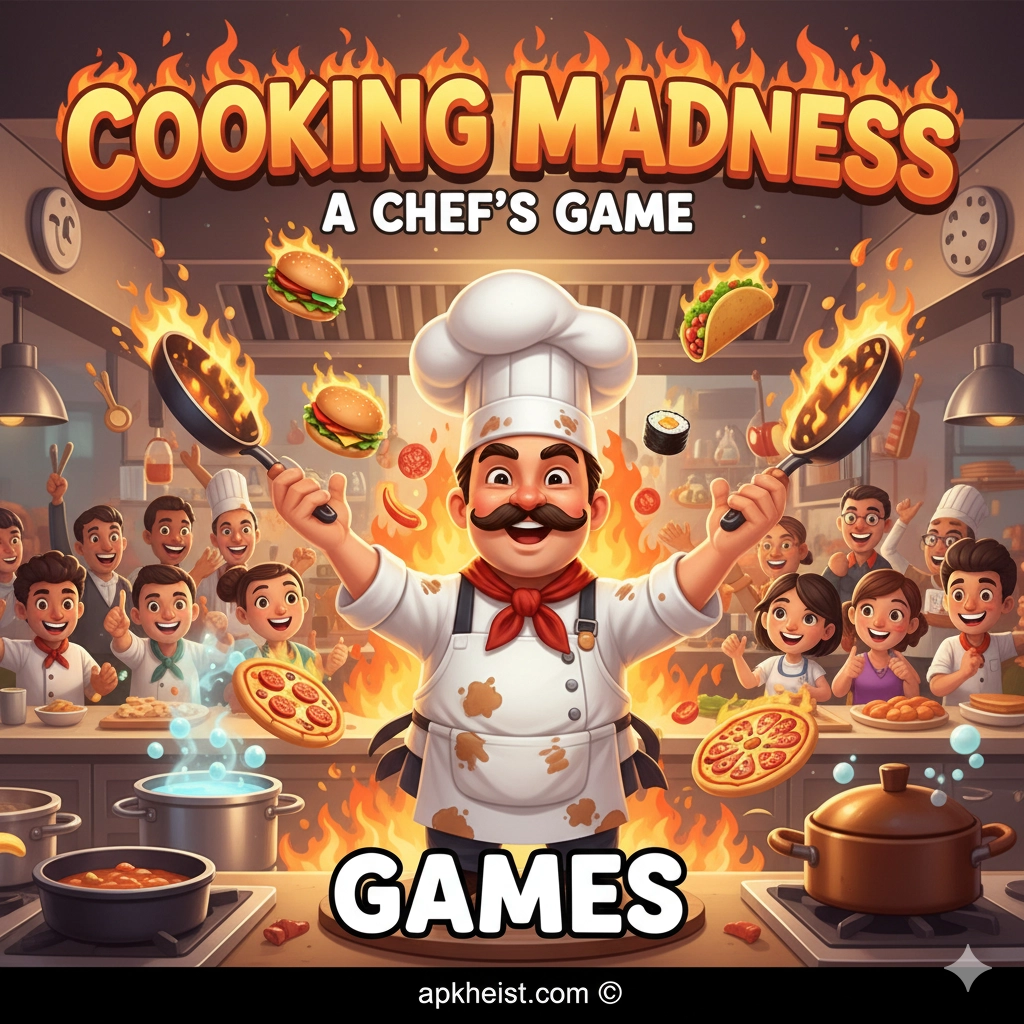This comprehensive guide explores how these games work, why they are effective for language learners, and what makes the flick-typing style such an essential skill in modern Japanese communication. You'll find multiple sections, detailed explanations, and an FAQ designed for English-speaking users who want to understand and master Japanese flick typing through fun gameplay.
EducationalCasualArcadeTriviaPuzzleWord
Why Japanese Flick Typing GAMES Are So Popular
The flick typing system is the fastest and most efficient way to type Japanese on mobile devices. Japanese Flick Typing GAMES turn this practical skill into an enjoyable challenge where users can improve typing speed, accuracy, and kana recognition through interactive levels, timed drills, and engaging gameplay mechanics. These games appeal to students, professionals, and hobbyists learning Japanese for travel, work, or entertainment.
Below is a structured list of topics explaining the mechanics, learning benefits, and gameplay experience offered in these games.
1. Basic Flick Typing Mechanics – Learn how flick input works on Japanese keyboards.
2. Speed Training Modes – How games help players increase typing speed.
3. Accuracy Challenges – Tasks designed to improve precision.
4. Kana Recognition – Strengthening understanding of Japanese kana.
5. Beginner-Friendly Tutorials – Features that help new learners succeed.
6. Competitive Game Modes – Battle typing challenges with friends or global players.
7. Mobile Optimization – Why flick typing games are perfect for smartphones.
8. Progress Tracking Tools – See how your speed improves over time.
9. Language Learning Benefits – How gameplay supports Japanese study.
10. Long-Term Replay Value – Why players keep returning.
1. Basic Flick Typing Mechanics
Flick typing is a gesture-based typing method where each kana block represents multiple characters. Players tap and flick in different directions to input the correct kana. Japanese Flick Typing GAMES simplify this learning process with visual guides, highlighted flick paths, and practice drills. This helps new learners quickly understand the logic behind the system.
2. Speed Training Modes
These games often include timed challenges designed to dramatically increase typing speed. Players race against the clock to complete kana strings, words, or short sentences. Over time, users build muscle memory, enabling them to type instinctively without looking at the keyboard layout.
3. Accuracy Challenges
Speed is important, but accuracy matters just as much. Precision-based challenges help players avoid flicking the wrong direction or selecting incorrect characters. Many games track errors and give targeted drills to help players fix weak spots and maintain consistent accuracy at higher speeds.

4. Kana Recognition
Because flick typing requires understanding the kana grid, players naturally reinforce their ability to recognize Japanese characters. Games present kana through rapid prompts, matching tasks, and multi-step challenges to ensure learners internalize the hiragana and katakana charts.
5. Beginner-Friendly Tutorials
Most games include slow-paced tutorials for absolute beginners. These tutorials break down the layout, explain the flick gestures, and provide guided practice. This support system helps learners transition smoothly into faster, more complex game modes.
6. Competitive Game Modes
Some flick typing games allow players to compete in real-time speed battles, score comparisons, or ranking challenges. This competitive element motivates users to type faster and more accurately, making the learning process even more engaging.
7. Mobile Optimization
These games are optimized for smartphone screens, making flick gestures smooth and responsive. The UI design ensures minimal input delay, clear feedback animations, and comfortable spacing so players can practice for long sessions without frustration.
8. Progress Tracking Tools
Players can view their performance history, including average speed, accuracy, fastest records, and weekly improvement charts. These tools inspire consistent practice and help users identify which kana or gesture patterns need more attention.
9. Language Learning Benefits
Beyond typing, players indirectly strengthen vocabulary, reading fluency, and kana recall. The interactive nature of gameplay keeps learners motivated while reinforcing essential Japanese writing skills through repetition and challenge-based learning.
10. Long-Term Replay Value
The wide variety of modes—from drills to battles to custom practice—ensures long-term engagement. New challenges, seasonal events, and progressive difficulty levels keep players coming back to sharpen their skills.
FAQ — Japanese Flick Typing GAMES
Are Japanese Flick Typing games good for beginners?
Yes. Most games start with simple tutorials that teach the basics of kana layout and flick gestures.
Do I need to know Japanese before playing?
No. Many games are designed to teach kana recognition from the ground up.
Can these games improve real-world typing skills?
Absolutely. Players typically see faster texting speed and improved accuracy after consistent practice.
Are there offline modes available?
Many flick typing games support offline practice, making them convenient for travel or commuting.
Is flick typing faster than QWERTY typing for Japanese?
Yes. For most users, flick typing is significantly faster and more intuitive for Japanese input.
Final Insight: Japanese Flick Typing GAMES provide a fun, effective, and interactive way to master one of the most important digital skills in the Japanese language. Whether you're improving for study, work, or personal interest, these games offer an engaging path toward faster, more confident typing.






